Manatee Mudflower, that is
Micranthemum glomeratum (aka Hemianthus glomeratus)
Linderniaceae (Traditionally placed in Scrophulariaceae)
John and George worked indoors today, but no loss, we’ll now cyber-visit the new Pine Glades Natural Area off of Indiantown Rd. The area is vast, wet, and nearly treeless, a grass and sedge-lovers playground. CLICK
Had to check it out on a hot afternoon, and the most remarkable species there was the smallest; it looks like a pretty mat of moss, spawning small satellite mats alongside itself. The plant is on gloppy mud laid bare by temporarily receded water in a shallow slough.
Your shoes will get soggy as you observe the plant, as the frogs observe you.
Look more closely—that’s no moss, it has flowers. You sure? Or is that just white sand sprinkled on the foliage? Really really small flowers, 1.5 mm across. What in the world pollinates those? If anyone knows, it is not apparent on the Internet. Botanist Francis Pennell, who studied the species and its relatives before I was born, took a stab at it: “The pollination of the minute white flowers is unknown; it may be by small Diptera, or possibly is largely by selfing.”
Small Diptera? Diptera are more or less flies. It would take a mighty small Dipteran to service a flower the size of a grain of sand. Is that plausible? Actually yes, many small flies are pollinators, including so-called Hover Flies, aka Syrphid Flies. Little white flowers attract Syrphids, some species are minute, and the pollinator need not enter the flower, as the anthers and stigma protrude to greet any visitor probing or even walking on the surface of the leafy mat. Here is a Syrphid on a small Pokeweed flower CLICK Of course there exist additional potential pollinators: itsy bitsy bees, ants, thrips, mosquitoes, wasps, micropixies, or nobody. Nobody brings us to selfing.
By selfing, Pennell meant self-pollination inside the flower with no insect help. That makes sense in a species prone to colonize exposed mud and reproduce before the Good Lord’s willing and the creek does rise. (But then again, the species enjoys submersion, as elaborated below.) Partial self-pollination or a similar condition is reported, vaguely, in Micranthemum, including in the curious closely related Micranthemum micranthemoides from the mid-Atlantic states, where it may now be extinct. Guess we’ll never know about that species’s repro-habits, unless it turns up around New Jersey or if long-buried seeds, if it made seeds, sprout from disturbed mud.
You might not think Micranthemum micranthemoides is a goner if you have an aquarium. Plants sold as “Micranthemum micranthemoides” are in the aquarium trade. The identity of that plant is almost certainly in error, the fishtank species being in fact M. glomeratum. I put some in my own aquarium, where so far it is happy.
In short, I don’t know how Mantatee Mudflower reproduces; it is an inviting topic of study, especially given the unusual size of the flowers. You can be sure this mud-bank species gets around plenty as stem pieces break off and float away or tangle on birds, gators, turtles, and other swimmers. Maybe even manatees. Oh one more thing, the name is not exactly for the animal, rather, the species was discovered in Manatee, Florida.
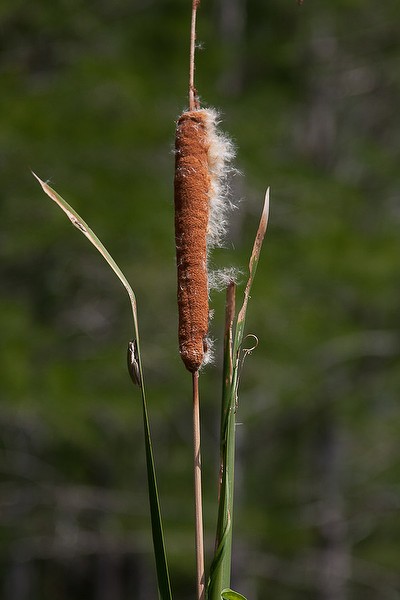
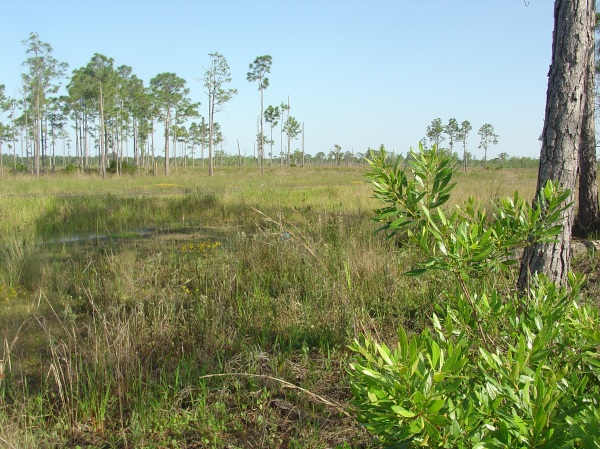
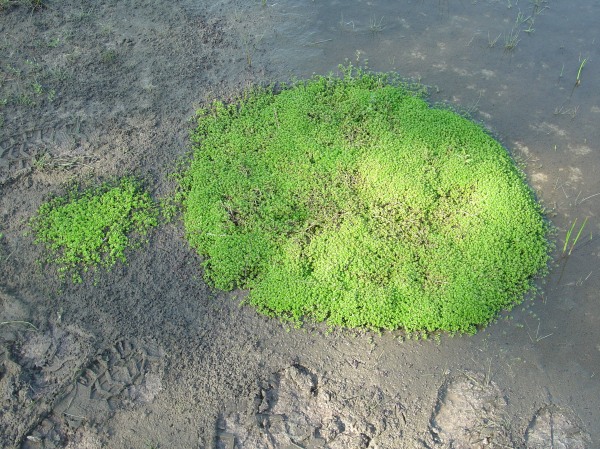
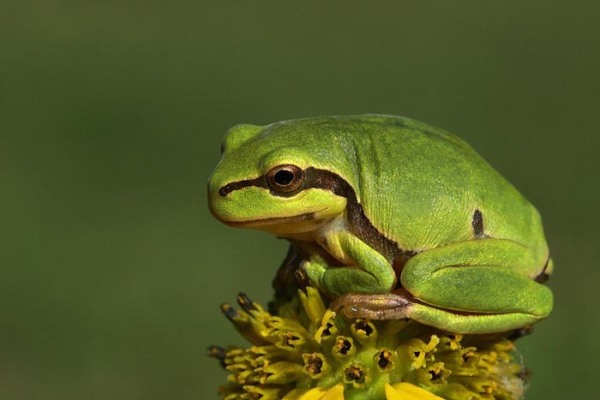
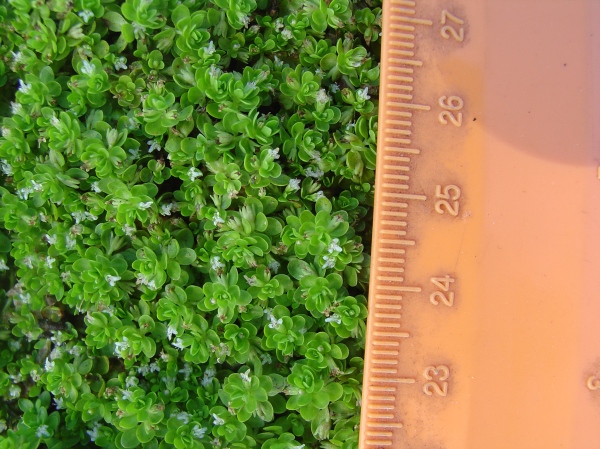
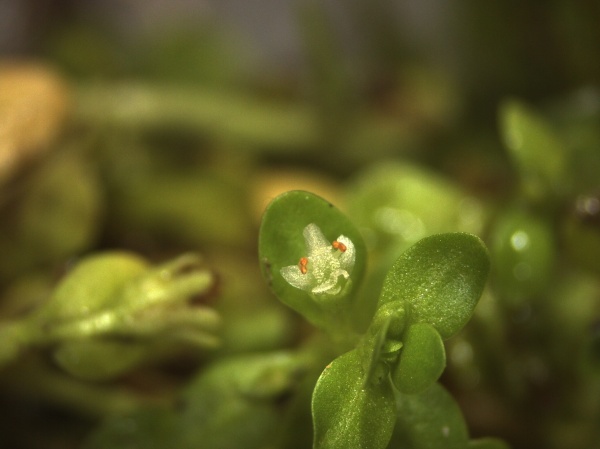
Uncle Tree
May 3, 2014 at 8:17 am
Wowzer! That’s pretty neat! 🙂 Such a micro-world! Thanks, Teach!
George Rogers
May 3, 2014 at 12:20 pm
Thanks Uncle Tree, I enjoy your poetry.
annsbirdventures.com
May 3, 2014 at 11:02 am
First of all, I didn’t know you had a poetic bent. (title)
Secondly, Pine Glades NA sounds wonderful. Guess I’ll have to make a trip out there.
These plants remind me of the tundra!
Thanks for always doing an interesting blog.
Ann
George Rogers
May 3, 2014 at 12:20 pm
Hi Ann, Your adventures exceed Pine Glades, but it does have sort of a surreal look to it. And you have a duty to check out every natural area.
SmallHouseBigGarden
May 3, 2014 at 12:46 pm
absolutely fascinating. I will keep my eyes open for this along the Lagoon Greenway trails….we have several sections of path there that seem ideally suited for this miniature plantlife!
George Rogers
May 3, 2014 at 2:43 pm
You will enjoy finding it, maybe cute is the right word.
FeyGirl
May 5, 2014 at 9:59 am
Just wonderful! (And of course, love the beautiful frog…) 🙂
George Rogers
May 5, 2014 at 10:07 am
ribbet ribbet